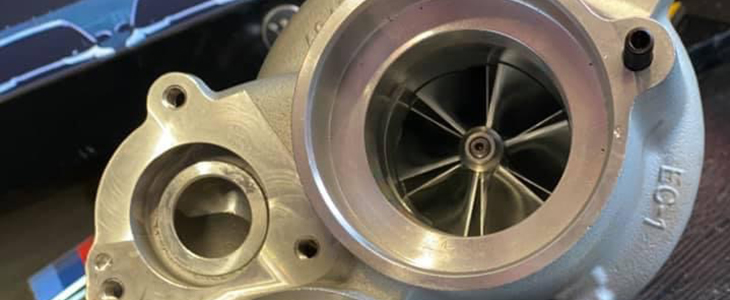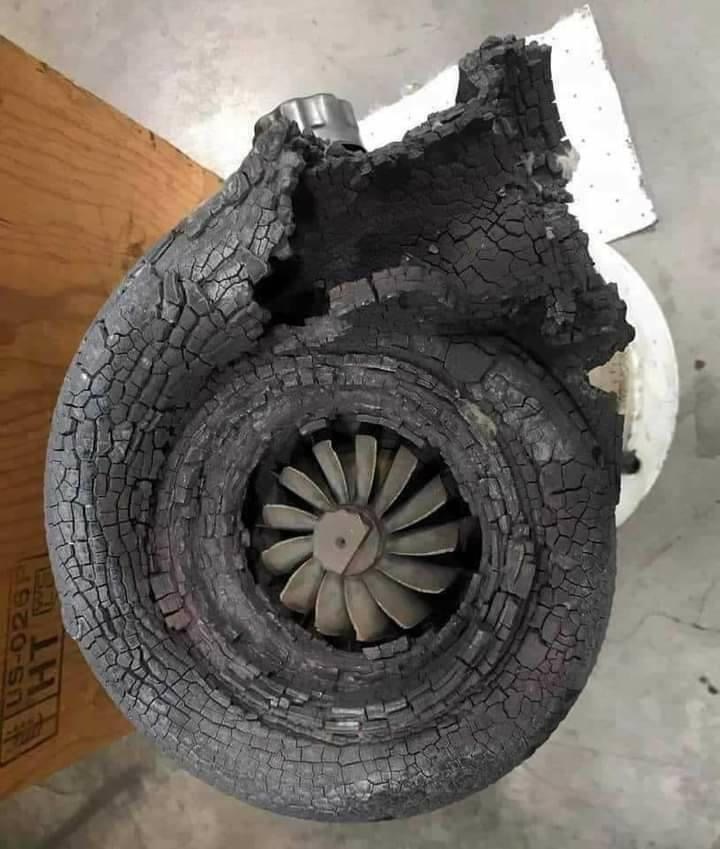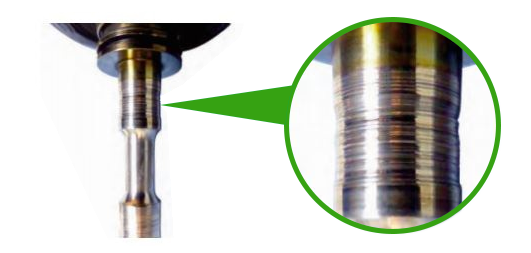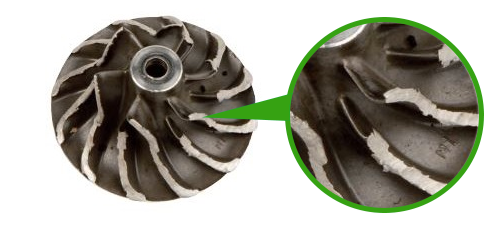
Turbocharged Engines Are Changing the Way We Think About Oil Changes
The Chrysler Pentastar V6 oil filter housing and cooler assembly for 3.2L and 3.6L engines can become warped, brittle and crack over time with constant exposure to engine bay heat. This serious flaw in the design of the Pentastar oil filter housing and cooler assembly often result in severe oil and coolant leaks and can have catastrophic consequences.
Motor oil has long been known as the lubricating life blood of the internal combustion engine – Without it, metal on metal friction of the internal components would cause the engine to seize after a very short time. Modern engines are no different. In fact, modern engines feature additional components, such as turbochargers, which depend heavily on high quality, clean and durable motor oil for lubrication.
We’ve already covered one of the most common causes of turbocharger failure in the past and at that time, we made a point to discuss the massive number of turbocharged vehicles that are hitting the roads of North America lately. The numbers are simply staggering – By 2025 well over half of the vehicles on the road will feature a turbocharger paired with a small displacement engine. Ever tightening government regulation spurred by green legislation will ensure that these numbers continue to climb for as long as internal combustion engines exist. Turbochargers are here to stay in great numbers and that means we have to unlearn a lot of what we think we know about lubrication, filtration and oil change intervals.Good Lubrication is Critical for Turbochargers
Lubrication Helps Heat Dissipation
Another function of the motor oil in the turbocharger is heat dissipation. If the temperature gets high enough, the heat could cause the metal components of the turbocharger to soften, resulting in catastrophic failure. When considering temperatures and speeds this extreme, oil starvation for even a few moments during high-speed or aggressive operation could lead to heat build-up that micro-welds the metal components of the turbo, which would cause the turbo to seize.

Common Causes of Turbocharger Failure
There are three well-known causes of turbocharger problems that typically lead to failure. The function of a turbocharger is to force the induction of air into the combustion chamber of the engine, so it makes sense that one of the common causes would be air filter neglect. In order for the turbo to do its job effectively, it has to be well lubricated and that’s possible because of the same oil flowing through the rest of the engine. Knowing that, it’s not hard to see why the other two common causes of failure have something to do with poor lubrication. With turbocharged vehicles, oil change maintenance is more critical than ever.
Problem 1: Oil Contamination
With our explanation of how motor oil lubricates the internal components of a turbo, it should come as no surprise that dirty oil is really bad for them. Turbocharger components are engineered to incredibly precise tolerances, usually to within 1 micron. And 1 micron is about 100X smaller than the width of a human hair. Turbochargers are manufactured to such a high degree of precision so they can maintain the high shaft speeds mentioned previously. Any change in these tolerances will spell big trouble for the turbo. Well, as motor oil is repeatedly cycled through the engine it gradually becomes contaminated. This happens because carbon created during the combustion process manifests itself as tiny particles in the motor oil. Eventually, high concentrations of these particles in the oil will act as an abrasive – eroding the surfaces of the bearings and impeller shaft and increasing the amount of clearance between them. This is precisely what you DON’T want to happen inside of a turbocharger.

Problem 2: Oil Starvation
Oil contamination can lead to the premature wearing of internal turbo components such as the bearings and main shaft, but it can also lead to simultaneous oil starvation which is an equally serious problem. Excessive carbon buildup in the oil wears down metal components and it can also lead to clogging of the oil feed holes as well as the supply and return pipes. Any occlusion of the feed holes or pipes will result in oil supply problems. Oil starvation in an engine is never a good thing because when the engine is starved for oil there are metal internal components touching one another, which results in friction and heat that will eventually lead to seizure. The same is true for the internal components of a turbocharger. One of the functions of motor oil in the turbo is help dissipate heat. Restriction in the oil supply will result in excessive heat and the eventual softening of metal components and, you guessed it – catastrophic failure.

Throw Conventional Oil Change Wisdom Out the Window
Thankfully oil contamination and oil starvation are really easy problems to mitigate in 2021. Effectively doing so requires us to change the way we approach oil change maintenance for turbocharged vehicles. For as long as anyone can remember, conventional wisdom has said that regular oil changes should be done about every 3,000 miles. As both engines and lubrication have evolved, that number has crept up into the 5,000, 7,500 and even 10,000+ miles range for many manufacturers. Unfortunately for drivers who like the prospect of paying for half as many oil changes, extended drain intervals are not a smart choice for a turbocharged vehicle.
The Solution: Synthetic Oil Paired with a High-Quality Oil Filter
Share this entry